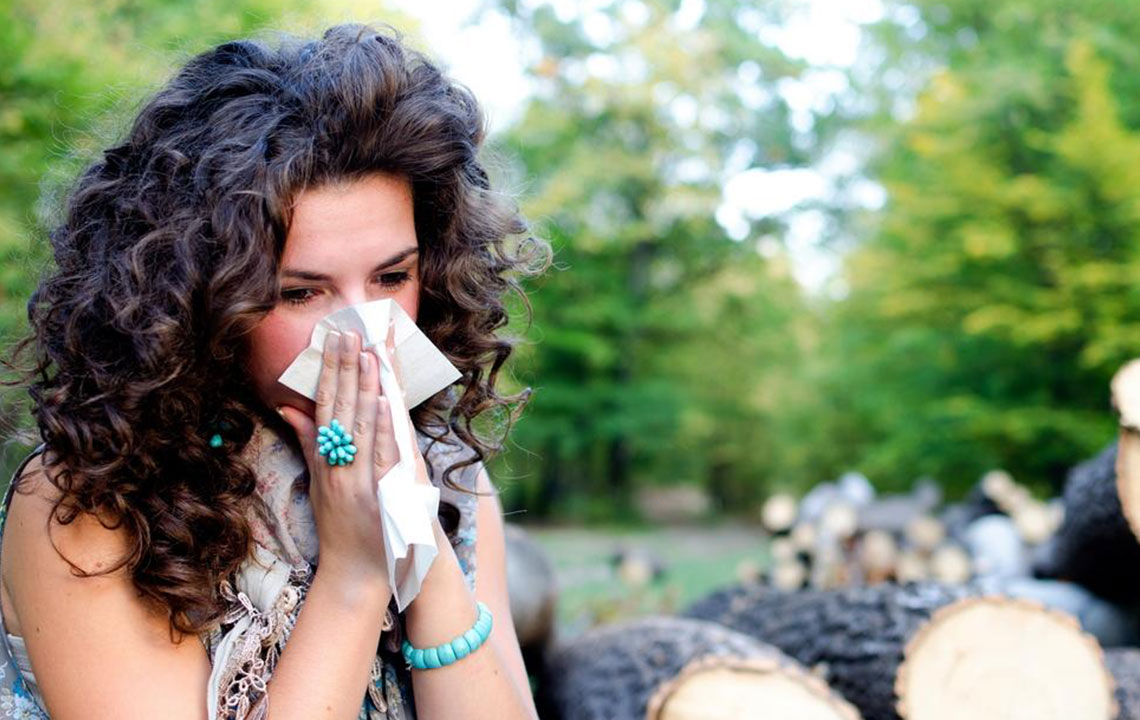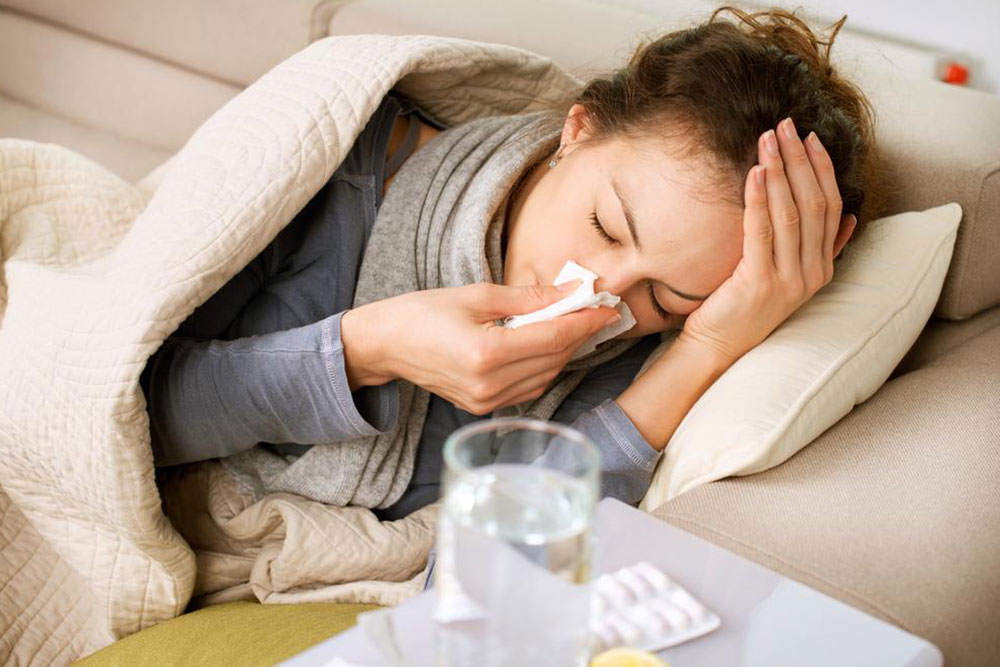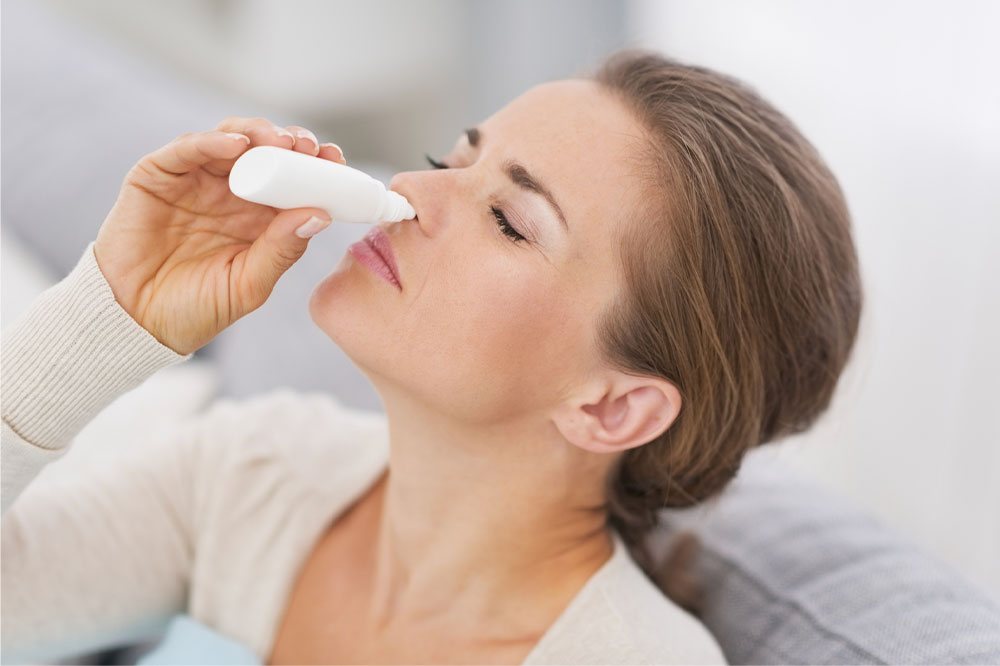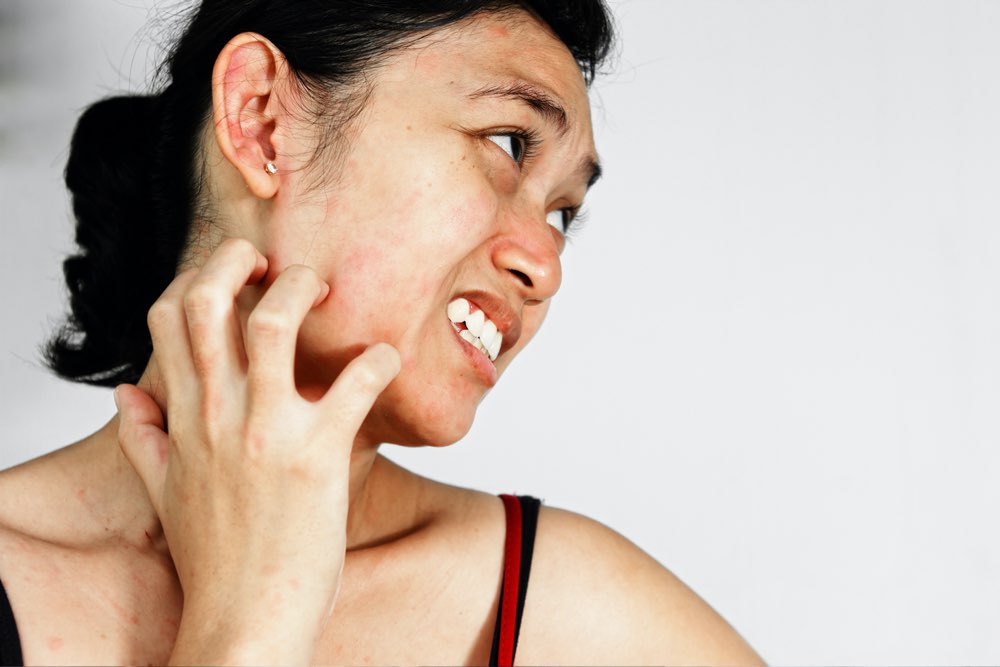Comprehensive Guide to Seasonal Allergy Triggers and Precautions Throughout the Year
This comprehensive guide offers an in-depth understanding of monthly seasonal allergy triggers, providing valuable tips to manage symptoms effectively throughout the year. By recognizing peak periods for pollen, mold, and indoor allergens, allergy sufferers can take proactive steps to improve their quality of life and minimize discomfort during high-exposure seasons.
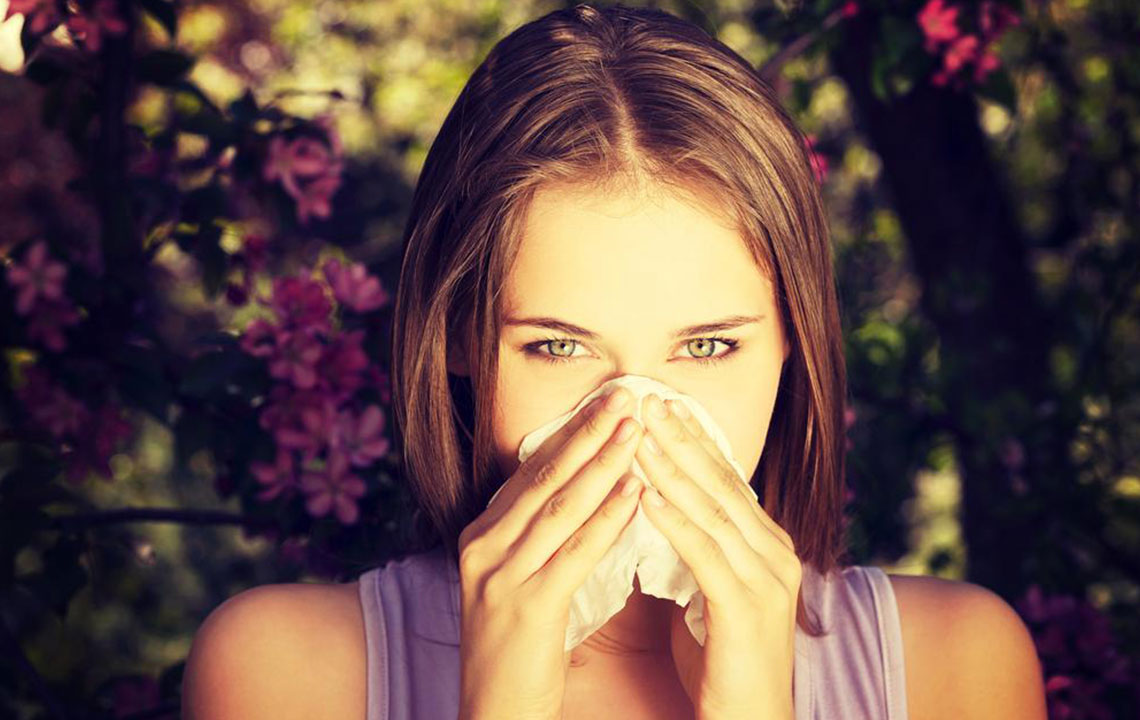
Understanding Monthly Variations in Seasonal Allergens
Seasonal allergies affect millions of people worldwide, causing discomfort and impacting daily life during specific times of the year. These allergies are primarily caused by outdoor allergens like pollen from trees, grasses, and weeds, as well as indoor allergens such as dust mites, mold spores, and pet dander. Recognizing when these triggers are most prevalent can help individuals take effective preventive measures and manage symptoms better. This extensive guide provides a detailed month-by-month overview of common allergy causes, offering insights into how seasons influence allergen levels and what steps can be taken to minimize exposure.
Understanding the patterns of allergy triggers enables those affected to prepare in advance, adapt their environment, and seek appropriate treatment. Whether you suffer from persistent year-round allergies or seasonal sensitivities, being aware of the typical allergen peaks can significantly improve your quality of life. Let’s delve into each month to identify the primary allergens, environmental factors, and practical tips for allergy management.
January:
During January, outdoor pollen levels are generally low due to winter conditions. However, indoor allergens become the primary concern, as homes are heated to combat the cold. Indoor heating systems can dry out air and circulate dust, pet dander, and mold spores, which can trigger allergy symptoms in sensitive individuals.
Effective prevention strategies for indoor allergens include:
Maintaining indoor humidity below 55% to inhibit dust mite and mold growth
Vacuuming carpets and furniture regularly using HEPA filters to remove dust and dander
Covering pillows and mattresses with dust mite-proof covers
Cleaning air filters and using air purifiers to improve air quality
Implementing these measures can dramatically reduce indoor allergen levels, providing relief during the colder months.
February:
As winter persists, indoor allergens continue to dominate. However, in some regions, early signs of outdoor pollen emerge, especially from deciduous trees beginning their pollination cycle. Tree pollen from species such as Catalpa, Elm, Hickory, and Olive starts to become airborne, leading to initial allergy symptoms.
Common symptoms during this period include:
Watery and itchy eyes
Nasal congestion and runny nose
Sneezing and throat irritation
Individuals may notice these symptoms increase during warmer days or windy conditions, which facilitate pollen dispersal. Preparing by keeping windows closed, using air purifiers, and avoiding outdoor activities during peak pollen times can help manage discomfort.
March:
In March, tree pollen levels often reach a peak as numerous deciduous trees release pollen in response to rising temperatures. Early signs of grass growth may also appear, further complicating allergy symptoms if pollen becomes airborne. This period marks the onset of major allergy season for many regions.
To reduce exposure, consider starting antihistamine treatments early, keeping windows closed, and avoiding outdoor activities during midday when pollen counts tend to peak. Additionally, showering and changing clothes after outdoor exposure can help reduce pollen transfer indoors.
April:
The full bloom of spring brings a surge in pollen levels from flowering plants, grasses, and trees. This period is often considered the most intense allergy season for spring-sensitive individuals. The rising pollen count can lead to increased sneezing, nasal congestion, itchy eyes, and sinus pressure.
To mitigate symptoms, individuals should consider using air purifiers, wearing masks during outdoor activities, and maintaining rigorous indoor cleanliness. Consulting healthcare providers for personalized allergy management plans is advisable during this high pollen period.
May:
Tree pollen levels reach their zenith from February through May. This extended peak prolongs allergy suffering for many sufferers. Seasonal allergic rhinitis becomes prominent, with symptoms persisting in response to dominant tree pollens like oak, cedar, birch, and maple.
Strategies to cope include limiting outdoor exposure, especially on windy days, and using allergy medications as prescribed. Regular nasal irrigation and staying indoors during peak pollen hours can further alleviate symptoms.
June:
As spring transitions into summer, grass pollen becomes the primary allergen. Lawn mowing, gardening, and outdoor recreation can trigger allergy flare-ups due to airborne grass pollen. The severity of reactions depends on weather conditions, with dry, windy days amplifying pollen dispersal.
Individuals should consider avoiding outdoor activities during peak pollen hours, usually mid-morning to late afternoon, and use HEPA air purifiers indoors. Wearing sunglasses and masks can provide additional protection against pollen particles.
July:
Grass pollen levels often decrease in mid to late summer, providing some relief from spring allergies. However, mold spores start to pose a new threat. Warm, humid conditions promote mold growth on decaying leaves, grasses, compost piles, and damp areas both indoors and outdoors.
High mold spore concentrations can cause allergy symptoms similar to pollen, such as sneezing, coughing, and itchy eyes. To reduce mold exposure, ensure proper ventilation, fix leaks promptly, and avoid composting or handling moldy materials indoors.
August:
Humid and warm weather conditions favour mold proliferation, leading to peak mold spore counts. For allergy sufferers sensitive to mold, this period demands extra caution. Limiting outdoor exposure, using HEPA air purifiers indoors, and keeping indoor humidity under control are essential steps.
Regular cleaning of bathrooms, kitchens, and basements prevents mold buildup, while washing bedding in hot water reduces allergen load. Being proactive can make a significant difference in symptom control.
September:
With the arrival of fall, ragweed pollen becomes increasingly prevalent. Ragweed is notorious for triggering severe allergic reactions and can disperse rapidly on windy days. Humid conditions and falling leaves further facilitate mold growth, adding to allergen exposure.
Symptoms may include sneezing, nasal congestion, itchy eyes, and sinus pressure, often persisting into October and early November depending on geographic location. Wearing masks outdoors, using prescribed allergy medications, and keeping windows closed can help manage symptoms during this peak period.
October:
In cooler regions, the intensity of fall allergens diminishes by October; however, mold spores from decomposing leaves and damp environments continue to pose risks. Outdoor activities should be planned during dry, windless days when pollen and mold spore levels are lower.
Indoor air quality can be maintained by cleaning with HEPA filters, controlling humidity, and removing leaf litter and mold-prone materials promptly, helping allergy sufferers avoid discomfort in the late autumn months.
November:
Most of the ragweed season subsides by late fall. However, mold spores, especially from decaying organic matter and indoor sources like damp basements or bathrooms, may still cause allergic reactions. Pet dander and dust mites also become more prominent indoor allergens as outdoor pollen declines.
Individuals susceptible to indoor allergens should maintain regular cleaning routines, including washing bedding, vacuuming with HEPA filters, and avoiding accumulations of mold or pet fur. Proper ventilation and air purification remain critical for managing indoor air quality.
December:
The holiday season often features Christmas trees, which can be a hidden source of mold spores and dust mites. Ensuring that trees are purchased early and kept outdoors until decorated helps minimize indoor allergen levels. Maintaining good indoor ventilation and using air purifiers can help prevent allergy flare-ups during this festive season.
Overall, understanding the monthly fluctuations in allergen levels allows allergy sufferers to adopt tailored preventive measures, reducing discomfort and improving overall wellbeing. Consulting healthcare professionals for personalized advice and considering allergy testing can further enhance symptom management throughout the year.


